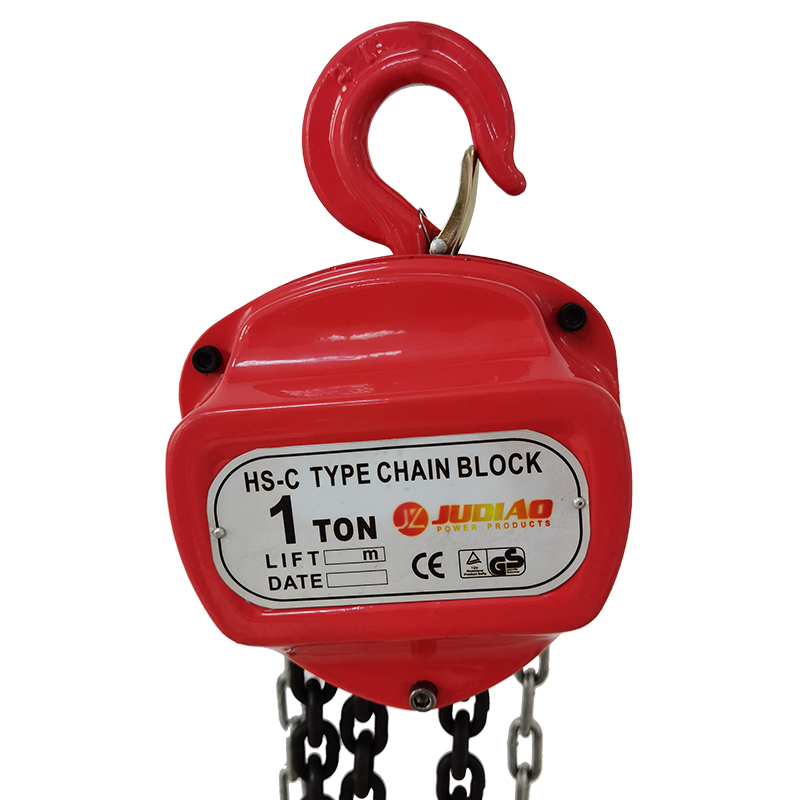


Safety Protective Equipment Ensuring Worker Safety in Various Environments
In the modern workplace, ensuring the safety and health of employees is of utmost importance. Safety protective equipment (PPE) plays a crucial role in safeguarding workers from potential hazards associated with their job environments. PPE encompasses various types of equipment designed to protect individuals from injuries or illnesses that may arise from exposure to physical, chemical, electrical, or biological risks. This article delves into the significance, types, and proper usage of safety protective equipment.
The significance of PPE cannot be overstated. It serves as the last line of defense between the worker and danger. When engineering controls and administrative practices cannot completely eliminate risks, PPE becomes essential. Various industries, including construction, healthcare, manufacturing, and laboratories, expose workers to unpredictable hazards. For example, construction workers are at risk of falling objects, while healthcare professionals face exposure to infectious diseases. Without appropriate protective measures, these workers could suffer severe injuries or health complications.
There are several types of safety protective equipment, each designed for specific hazards. Head protection is provided by hard hats, which are essential on construction sites to prevent head injuries caused by falling objects. Eye protection, such as safety goggles and face shields, is crucial in environments where there is a risk of chemical splashes or flying debris. Hearing protection, like earplugs and earmuffs, helps mitigate the effects of loud machinery and can prevent long-term hearing loss.
Respiratory protection is another vital category of PPE. Respirators and masks protect workers from inhaling hazardous substances, such as dust, fumes, or viral particles, which can be detrimental to health. In laboratories dealing with chemicals, lab coats and gloves provide a barrier against spills and contamination, minimizing the risk of skin exposure to harmful substances.

Foot protection is also essential, especially in environments where workers may encounter heavy equipment or hazardous materials. Steel-toed boots safeguard against crush injuries, while slip-resistant footwear prevents slips and falls. Additionally, high-visibility clothing, essential in construction and road work, ensures that workers are seen by others, thereby reducing the risk of accidents.
Despite the availability of PPE, its effectiveness relies heavily on proper usage and maintenance. Employees must be trained not only on the importance of PPE but also on how to use it correctly. This includes understanding when to wear specific protective equipment, how to adjust it for a snug fit, and how to conduct routine checks for any damage or wear. Employers should ensure that PPE is readily available and conduct regular training sessions to reinforce safety practices and the importance of compliance.
Moreover, organizations should develop a culture of safety within the workplace. Encouraging employees to report hazards and near-misses can lead to improvements in safety protocols and the continuous enhancement of PPE selection. Regular feedback from workers about the comfort and effectiveness of their protective gear can also drive the acquisition of better equipment that meets the needs of the workforce.
In conclusion, safety protective equipment is indispensable in promoting a safe working environment. Its various forms protect workers from a range of hazards, significantly reducing the risk of injury and illness. By prioritizing the use of appropriate PPE and fostering a culture of safety, employers can ensure that their workforce remains protected, healthy, and productive. Ultimately, investing in safety protective equipment is not just a legal obligation but a moral responsibility that reflects an organization’s commitment to the well-being of its employees.



